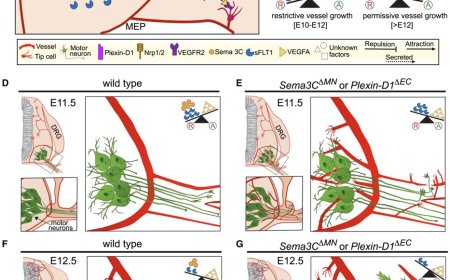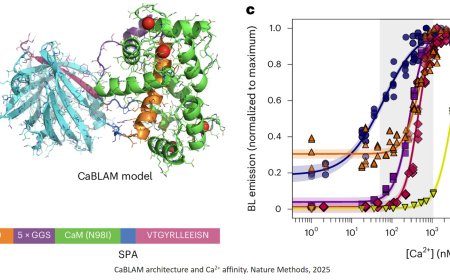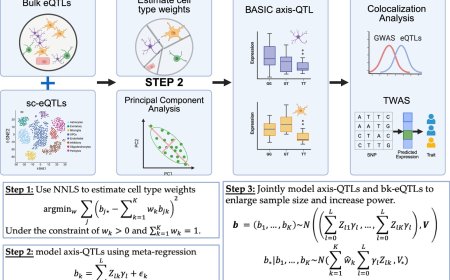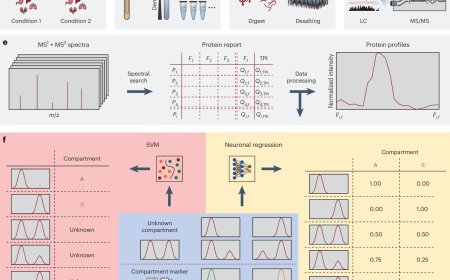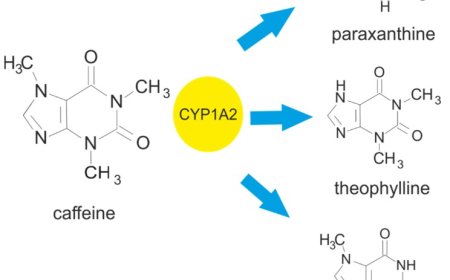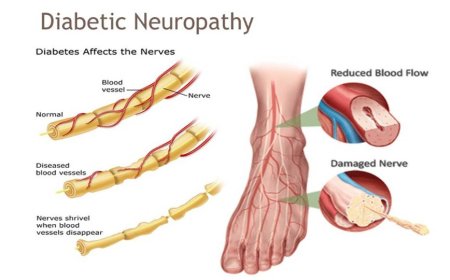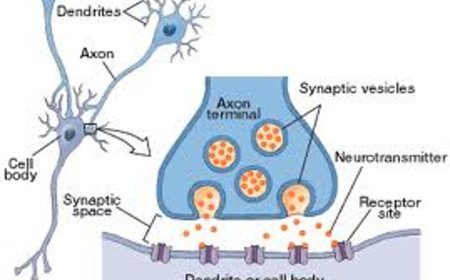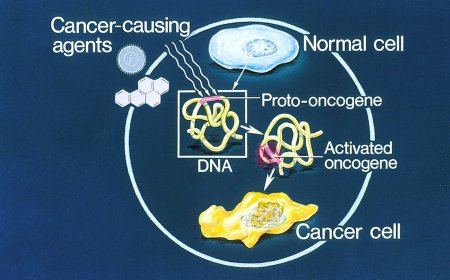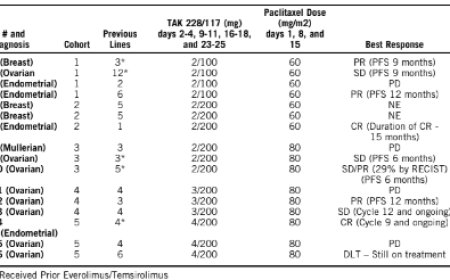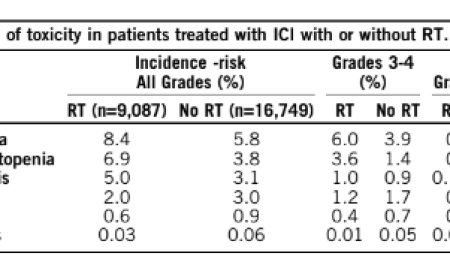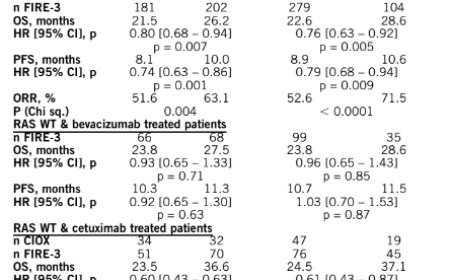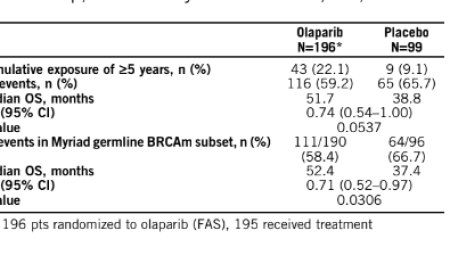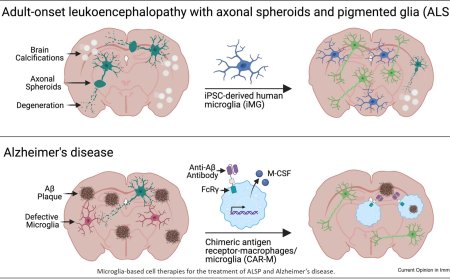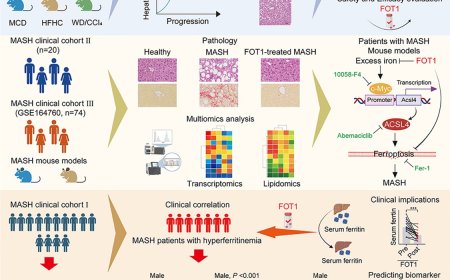Unintended consequences of gene editing in hematopoietic stem cells

Homology-directed repair (HDR) in hematopoietic stem and progenitor cells (HSPCs) used for gene editing of inherited genetic disorders but remains challenging.
The researchers reveal that CRISPR-Cas9/AAV6 HDR editing induces a senescence-like state, impairing HSPC functionality posttransplant due to p53 and interleukin (IL)-1/nuclear factor κB (NF-κB) activation.
The authors show that transient p53 inhibition or blocking inflammatory pathways mitigates senescence-associated responses, improving the repopulating capacity of edited HSPCs.
Also, Anakinra, an IL-1 antagonist, mitigates senescence, enhances polyclonal hematopoietic reconstitution, and reduces genotoxicity risk, providing a framework for more effective and safer HSPC-based therapies.
https://www.cell.com/cell-reports-medicine/fulltext/S2666-3791(25)00230-7
https://sciencemission.com/CRISPR-Cas9AAV6-mediated-gene-editing-in-hematopoietic-stem-cells
